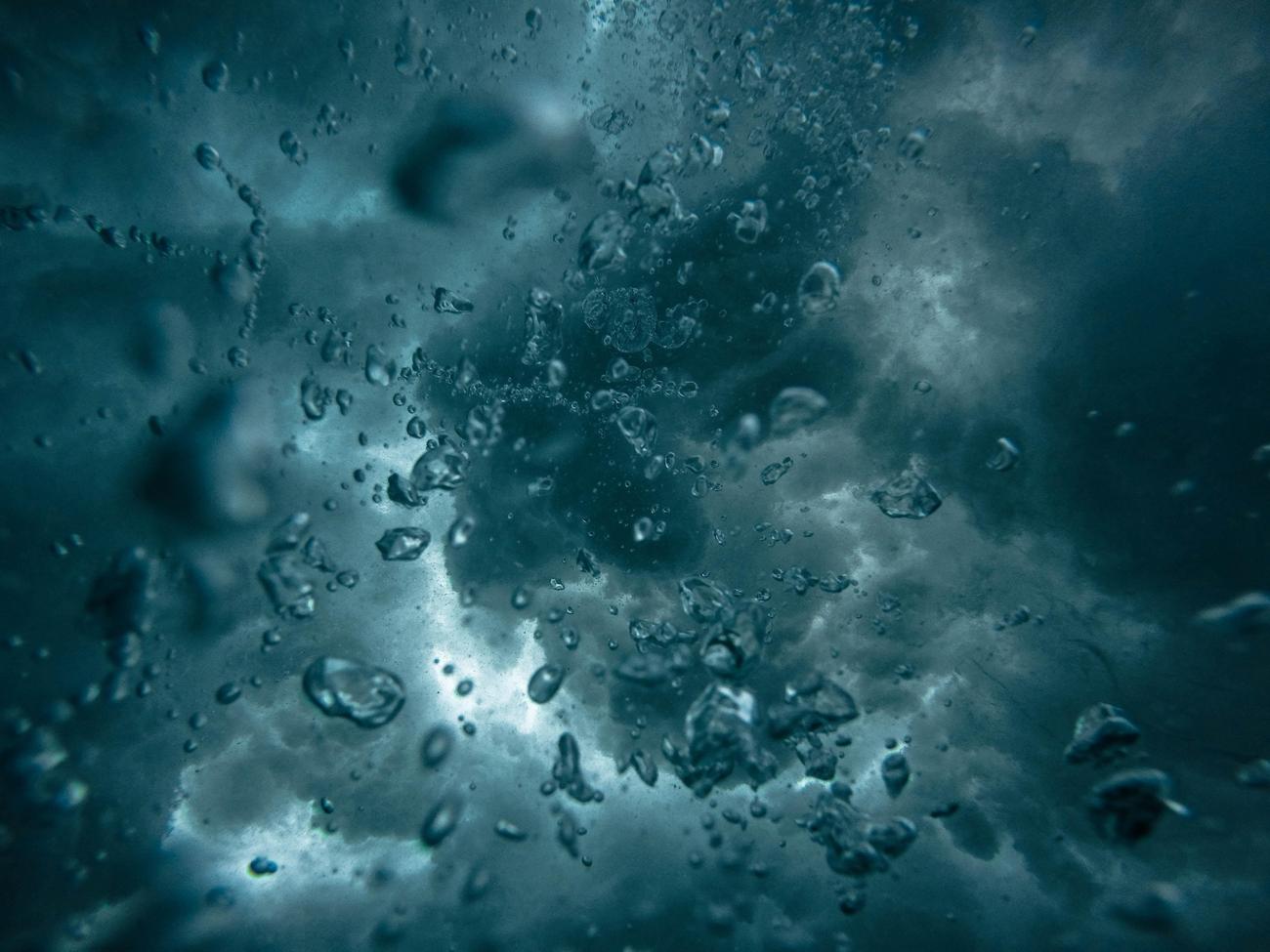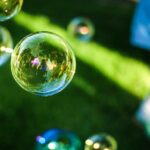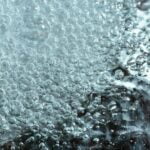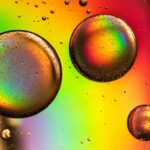Curiosity has a way of tugging at our minds, urging us to explore the enigmatic secrets hidden within the natural world. And what could be more intriguing than the mesmerizing dance of bubbles rising to the surface of water? Have you ever wondered how these delicate pockets of air come to be, seemingly out of nowhere? In this article, we will embark on a journey to unravel the science behind bubble formation in water, delving deep into the captivating process and the forces that govern it. So, get ready to dive into the captivating world of bubbles and uncover the wonders that lie beneath the surface.
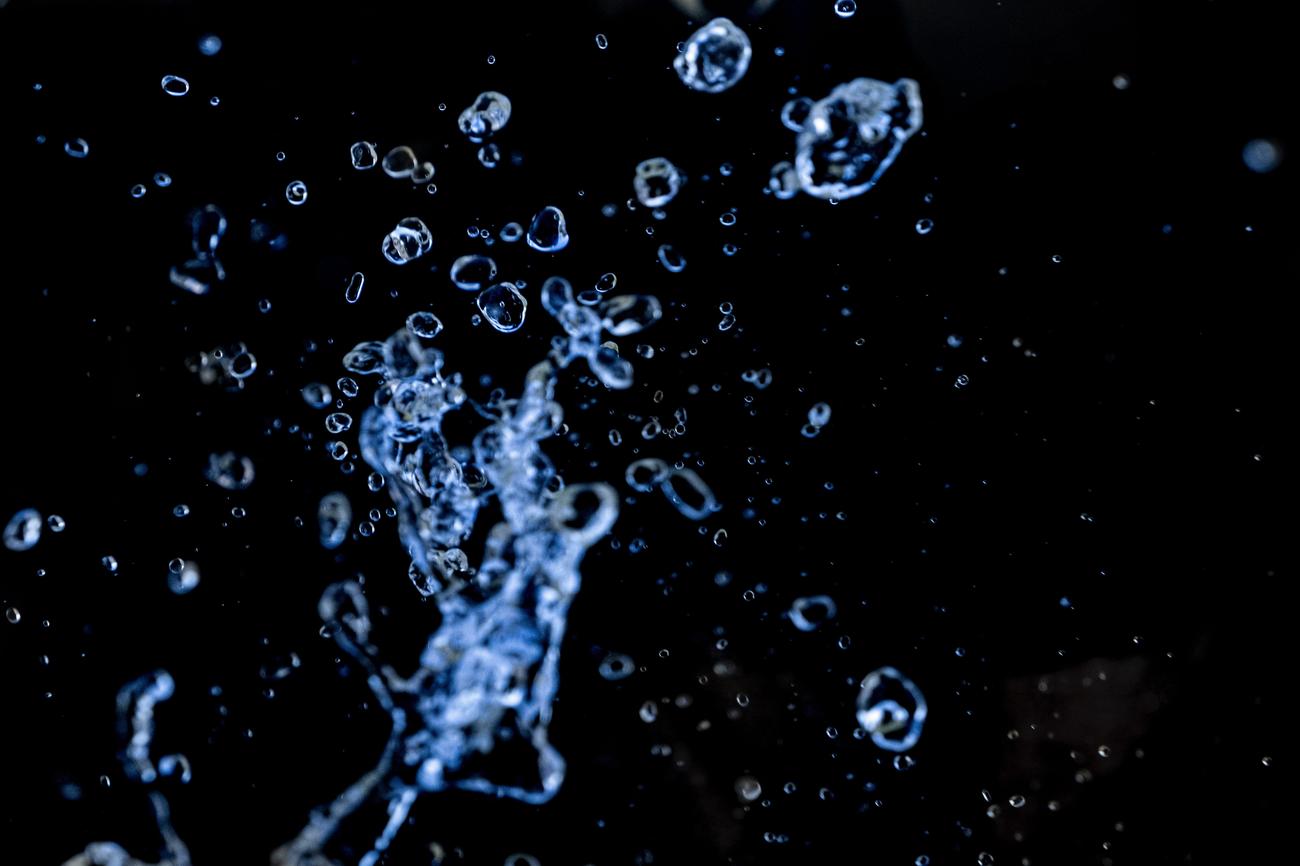
How do bubbles form in water?
Bubbles, those captivating pockets of air or gas trapped in liquid, have always fascinated us. Whether it’s the shimmering soap bubbles we blew as children or the tiny air bubbles that dance in a glass of sparkling water, the process of bubble formation in water is a fascinating scientific phenomenon. So, how do bubbles form in water? Let’s dive in and uncover the mesmerizing science behind it.
First and foremost, it’s important to understand that bubbles in water form due to dissolved gases such as carbon dioxide, nitrogen, and oxygen. These gases can be present in water through various means, including the natural absorption of atmospheric gases, exposure to air, or even the release of gases during chemical reactions.
Temperature fluctuations also play a significant role in bubble formation. As water temperature changes, gases dissolved in the water can escape. This is why you may have observed bubbles forming when you heat or cool water. Similarly, when water is agitated or physically disturbed, it can encourage the release of gases and the subsequent formation of bubbles.
Boiling water is another fascinating scenario where bubbles form. Initially, air bubbles are formed due to the dissolved gases present in the water. However, as the water reaches a rolling boil, these bubbles consist of water vapor. Moreover, bubbles can form in other liquids as well and are typically a mixture of air and water vapor.
“Bubbles in boiling water can be formed in other liquids and are typically a mixture of air and water vapor.”
Now, let’s take a closer look at the actual process of bubble formation. When water boils, water vapor bubbles start to form on nucleation sites. These nucleation sites are often tiny air bubbles or other irregularities on the surface of a container. As water is heated, the rapid vibration caused by the breakage of hydrogen bonds between water molecules leads to the creation of water vapor bubbles on these nucleation sites. It’s like a choreographed dance of molecules!
“Bubbles form when the rapid vibration caused by heating breaks the hydrogen bonds between water molecules.”
But what happens if there are no bubbles present in the water? In such cases, water can actually superheat above its boiling temperature without any bubbles appearing. This is because the absence of nucleation sites makes it difficult for bubbles to form. So, next time you heat water in the microwave and it suddenly erupts into a bubbling frenzy after you drop in a tea bag or instant coffee, you know why!
“Superheated water can become unstable and rapidly turn into bubbles when provided with a nucleation site.”
Soap bubbles, on the other hand, have a different story to tell. Traditionally made from soap, most bubble solutions today consist of detergent in water. These soapy solutions work by reducing surface tension, which allows gases to form a thin film and create those delicate, iridescent spheres of wonder. However, soap bubbles dry out and pop as the water evaporates, which explains why they pop more quickly on hot sunny days.
“Soap bubbles are made from detergents that reduce surface tension, allowing gases to form a thin film and create the familiar bubble shape.”
Now that we’ve unraveled the science behind bubble formation in water, it’s clear that bubbles can form in various circumstances such as exposure to air, boiling, agitation, and temperature fluctuations. Bubble formation is a delicate interplay of dissolved gases, physical properties of the liquid, and changes in temperature. Understanding the intricate dance of molecules and the forces that govern bubble creation adds yet another layer of awe to the wonders of the natural world.
“From exposure to air to physical agitation, bubbles in water form as a result of complex interactions between gases and the liquid’s properties.”
In conclusion, bubbles in water are a mesmerizing fusion of science and natural phenomena. Whether they form through exposure to air, boiling, or temperature fluctuations, bubbles captivate us with their delicate presence. By demystifying the intriguing process behind bubble formation, we can appreciate the beauty and wonder that lies within the seemingly simple act of blowing bubbles in water. Indeed, the dance of molecules and the forces that shape our world are a testament to the incredible complexity and beauty of nature.
“When we unravel the science behind bubble formation, we uncover the captivating intricacies of the natural world.”
Bubbles in water are a fascinating phenomenon that captures our attention and provides a sense of joy and wonder. Whether you’re a child blowing bubbles or simply observing them in nature, there is something mesmerizing about their delicate and ephemeral presence.
If you’re interested in exploring more about bubbles in water, you can dive deeper into the topic by clicking here. This internal link will take you to a page that delves into the science behind bubbles and their formation. Discover the different types of bubbles, from tiny ones in your morning cup of coffee to massive ones that form underwater.
To explore this captivating world of bubbles in water, click on the following link: Bubbles in water. You’ll be amazed by the dynamics and beauty that bubbles bring to our daily lives. So, why wait? Click the link and let your imagination bubble over with excitement!
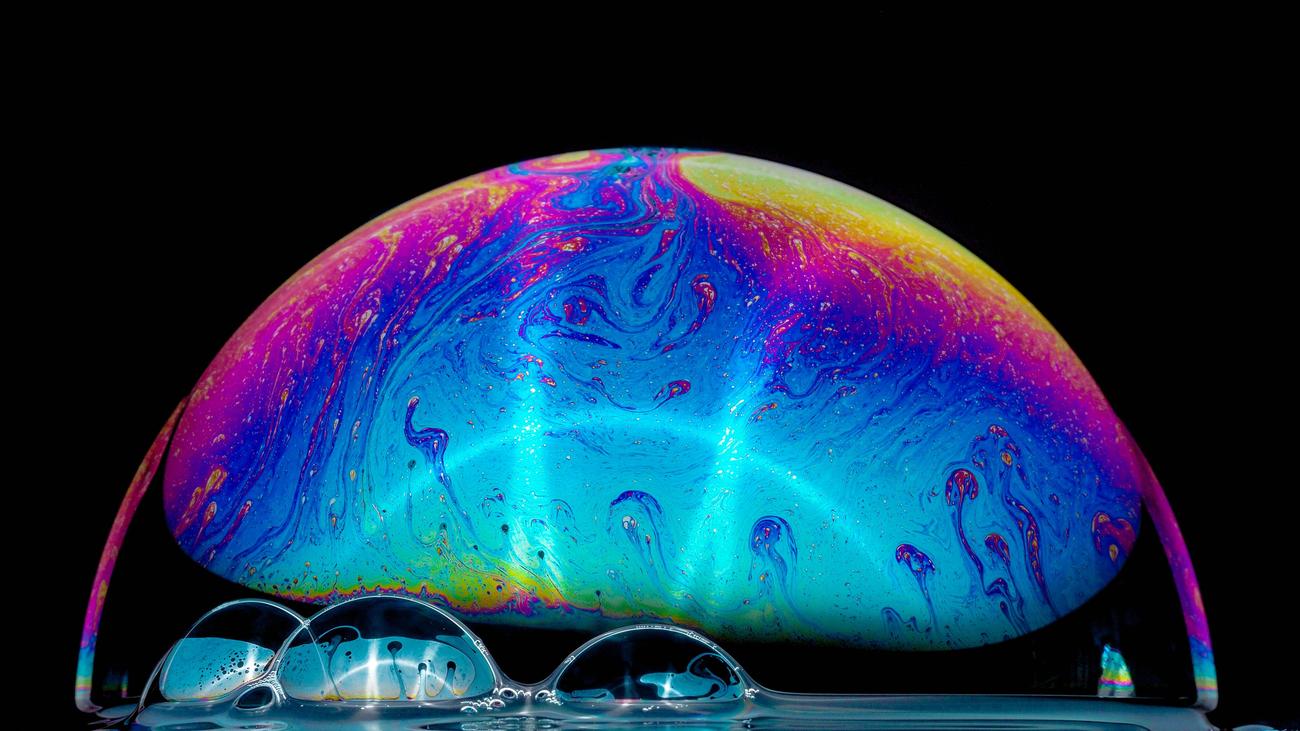
FAQ
How do bubbles form in water?
Bubbles in water form due to dissolved gases such as carbon dioxide, nitrogen, and oxygen. Temperature fluctuations can cause gases to escape from water, leading to the formation of bubbles. Physical movement or agitation of water can also encourage the release of gases and the formation of bubbles. Over time, gases can dissolve into water when it is exposed to air, further contributing to bubble formation.
What causes bubbles to form in boiling water?
When water is boiled, initially, it forms air bubbles. However, as it reaches a rolling boil, the bubbles consist of water vapor. Bubbles in boiling water can be formed in other liquids as well, and they are typically a mixture of air and water vapor. The formation of bubbles in boiling water is a result of increased heat causing the rapid breakage of hydrogen bonds between water molecules.
How do bubbles in water meet to form walls?
Bubbles in water meet to form walls at an angle of 120 degrees. Depending on the circumstances, such as exposure to air, boiling, agitation, or temperature fluctuations, bubbles can come together and create various shapes. If enough bubbles meet, they can form hexagons and other intricate patterns.
What are soap bubbles made of?
Soap bubbles are traditionally made from soap, but most bubble solutions consist of detergent in water. The detergent helps to lower the surface tension of water, allowing the formation of stable and colorful soap bubbles.
Why do bubbles pop?
Bubbles pop when the water or liquid within them evaporates. Soap bubbles, for example, dry out and pop as the water evaporates. On hot sunny days, bubbles tend to pop more quickly due to the increased temperature causing faster evaporation. Additionally, external factors such as sharp objects or strong airflow can also cause bubbles to pop.
- Senior at What Age: Benefits & Eligibility Guide - March 29, 2025
- Unlocking Senior Benefits: How Old is a Senior? Your Complete Guide - March 29, 2025
- Master Russian Politeness:A Guide to Saying Please - March 29, 2025
